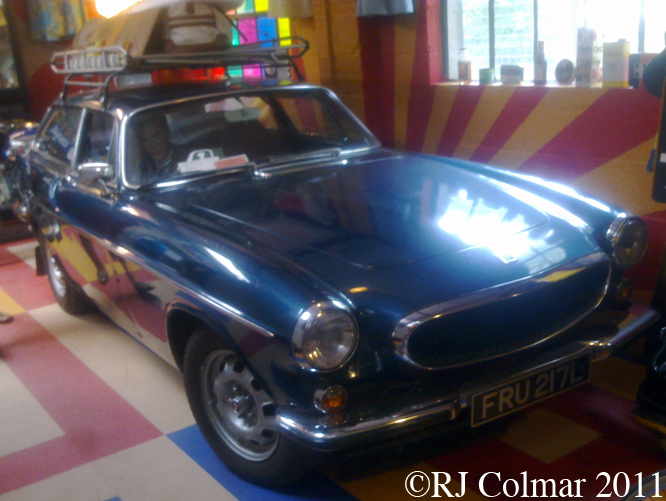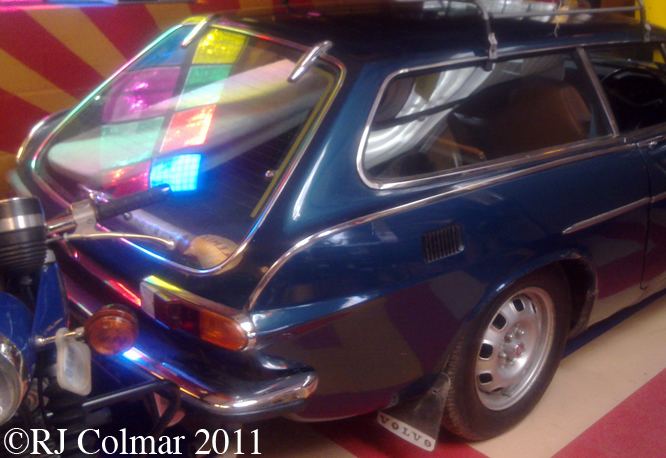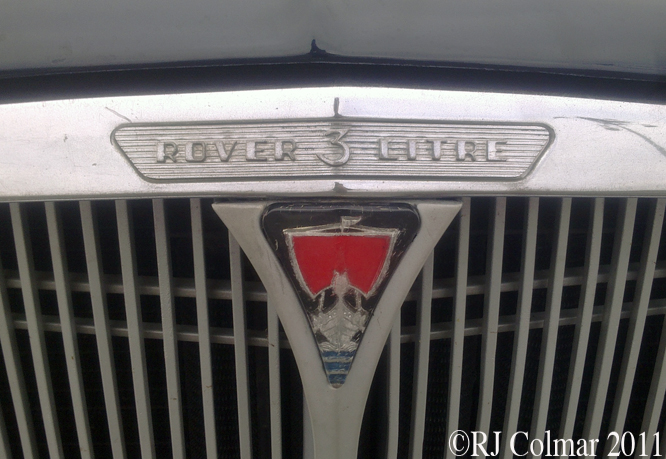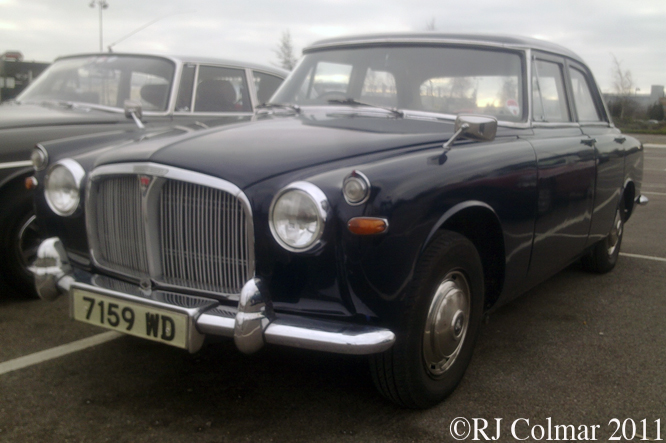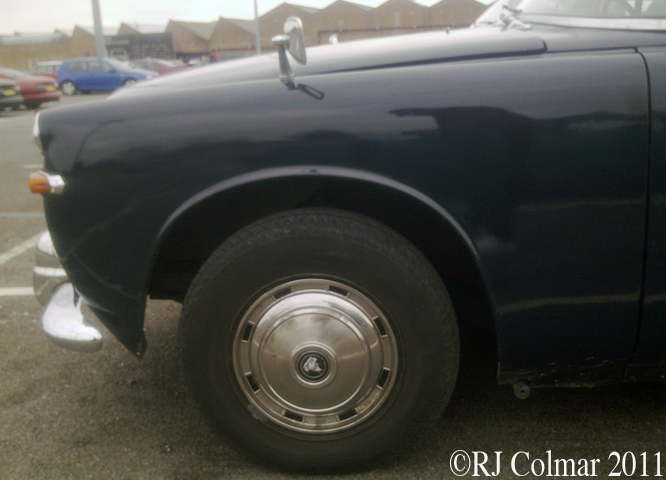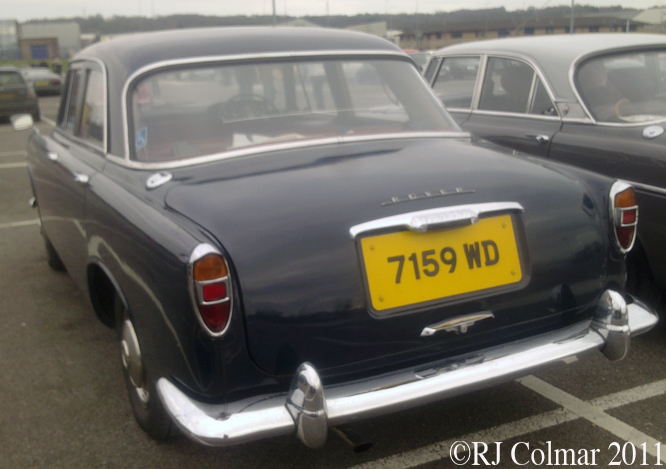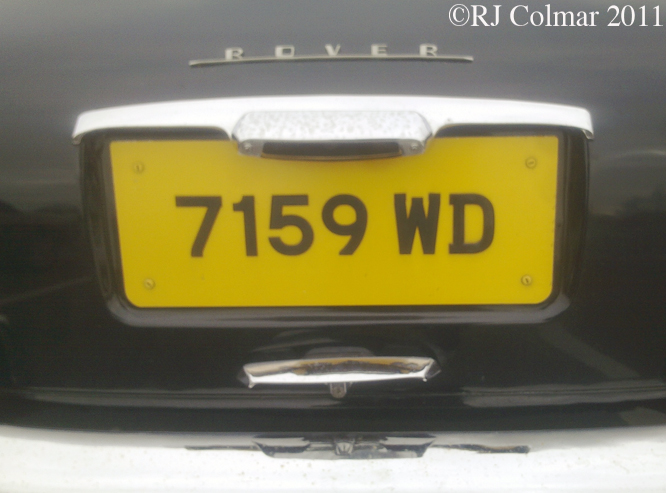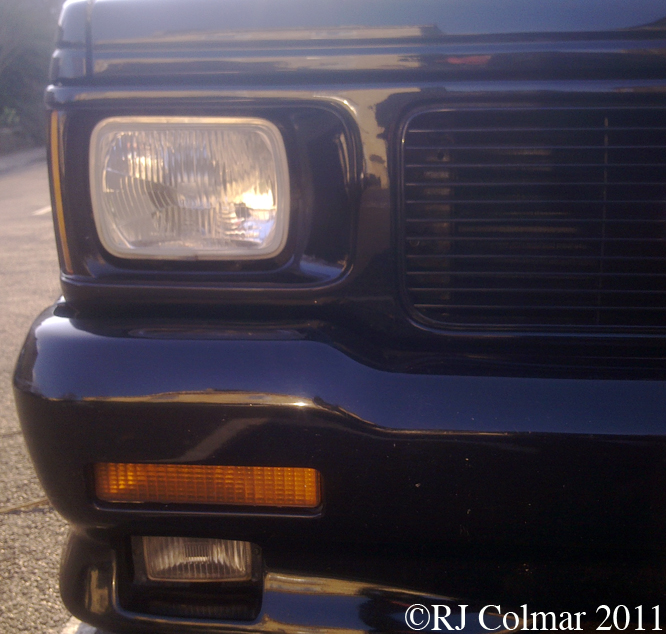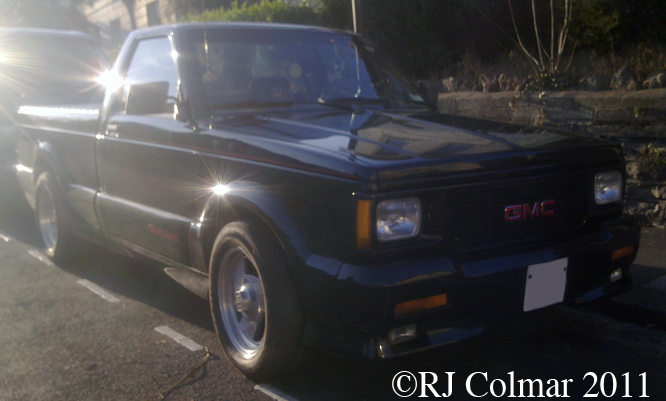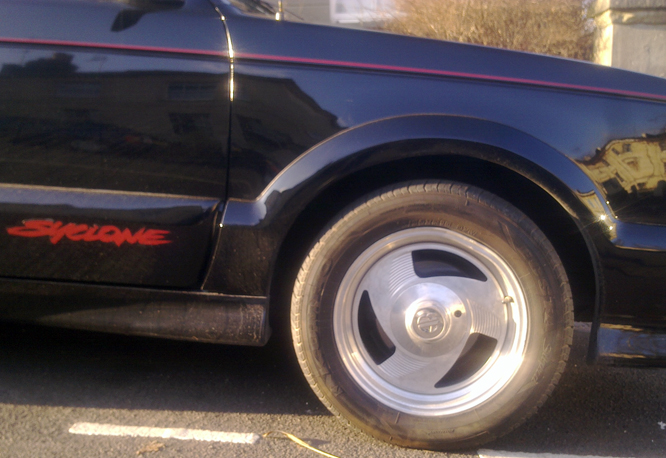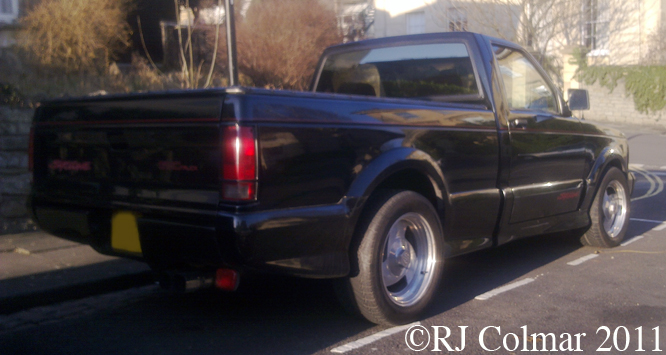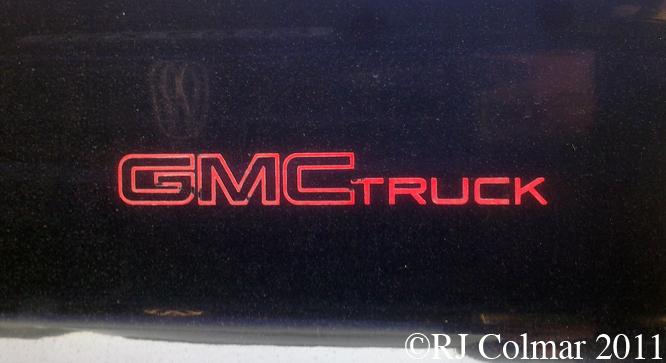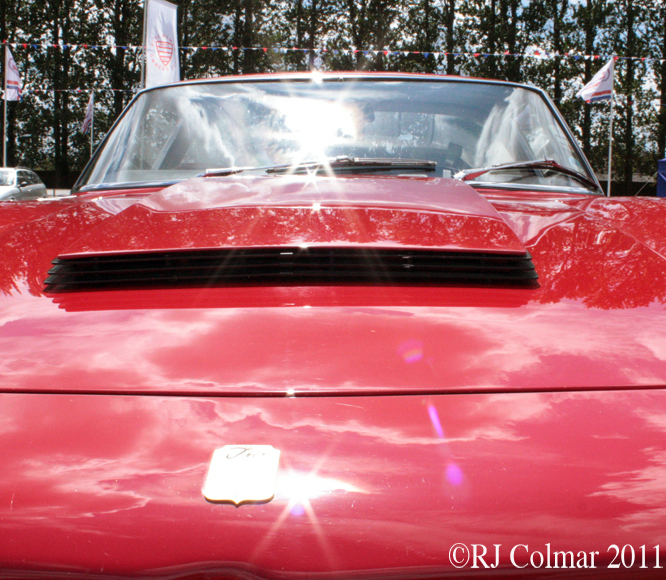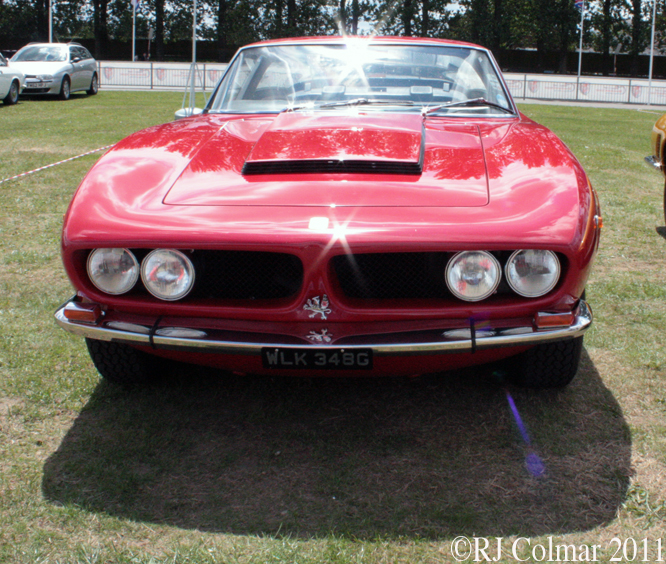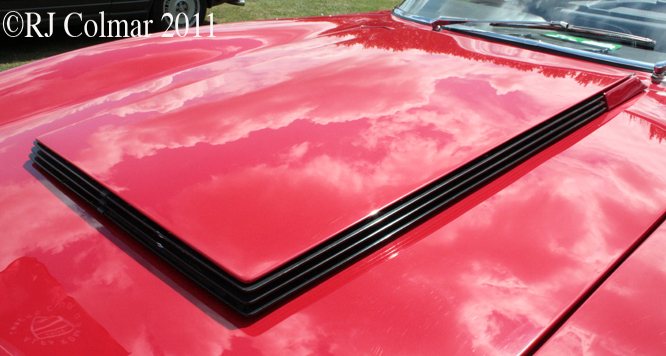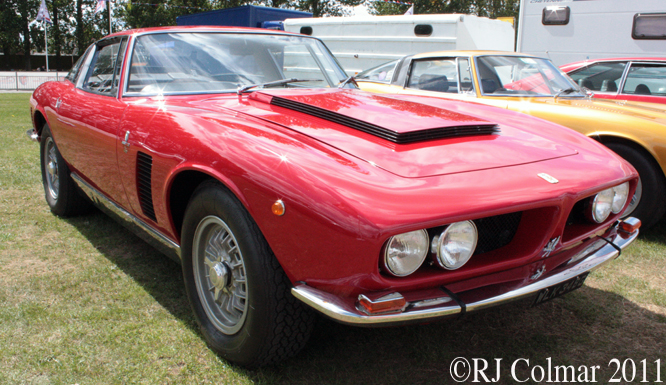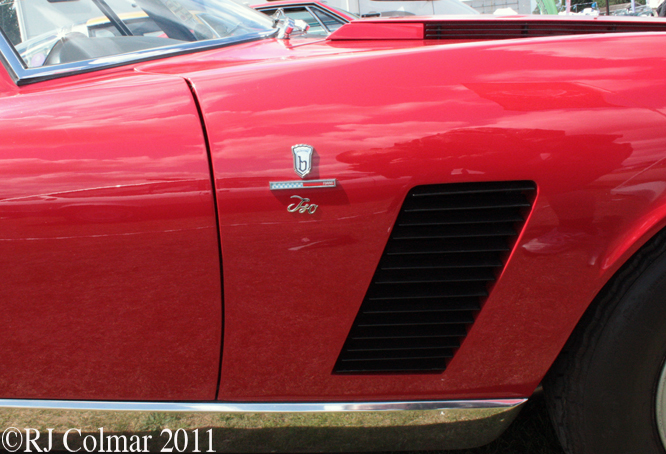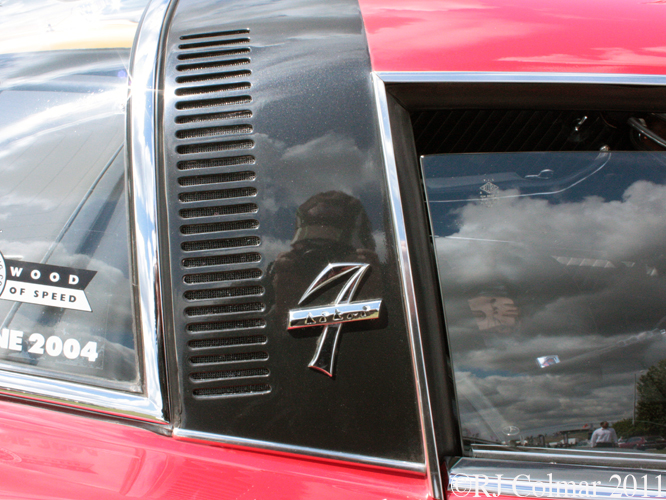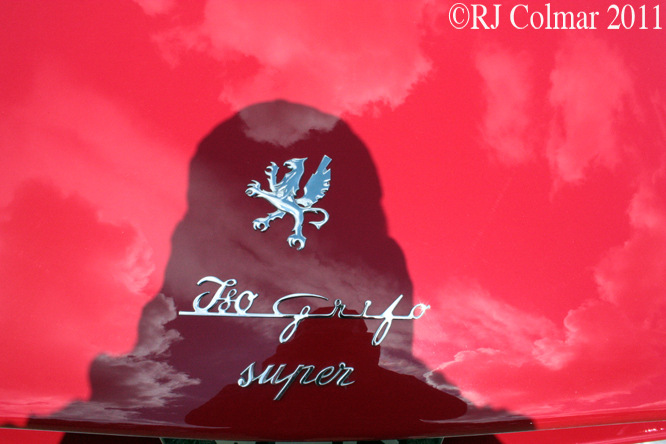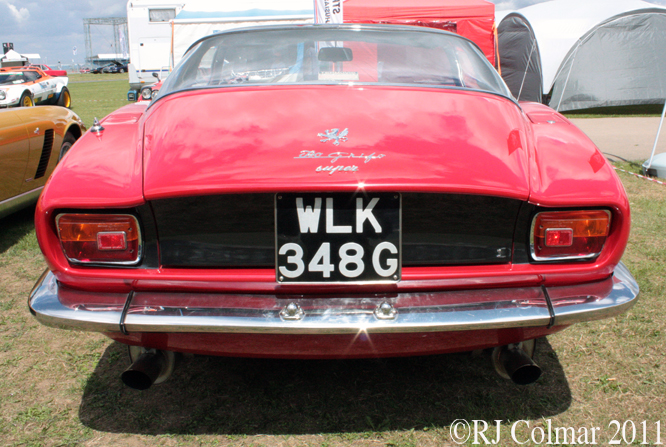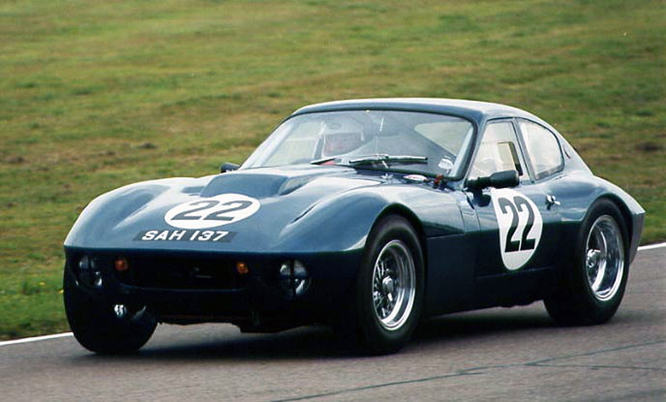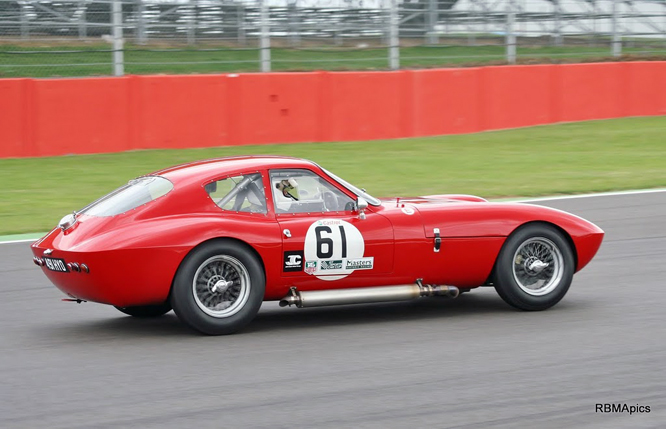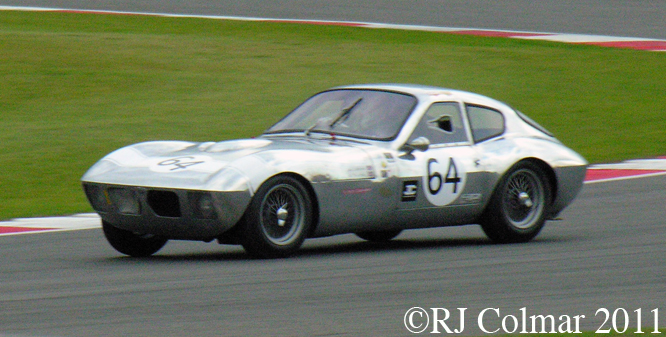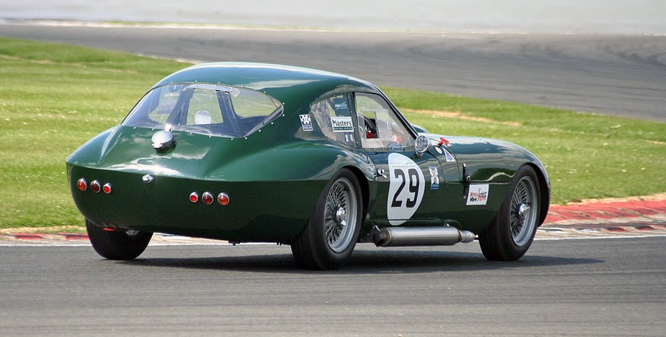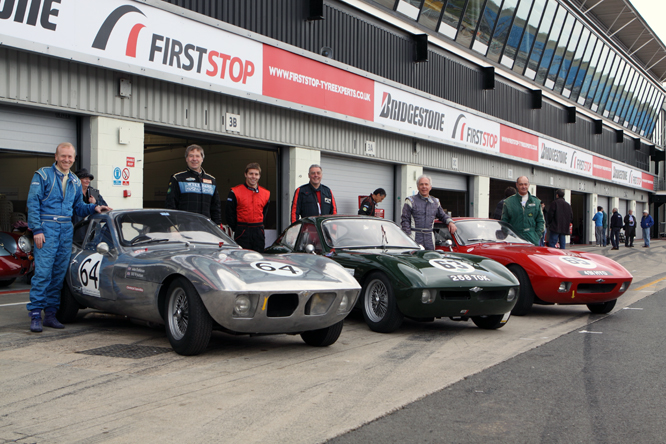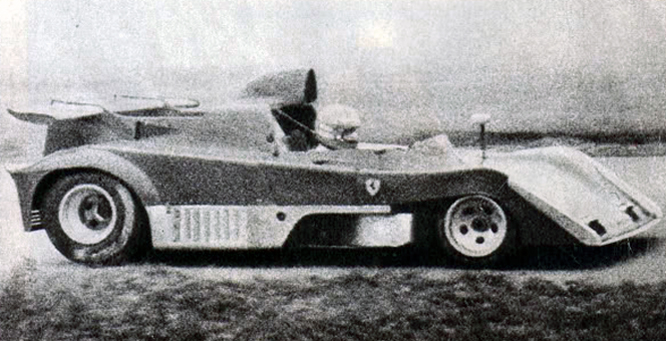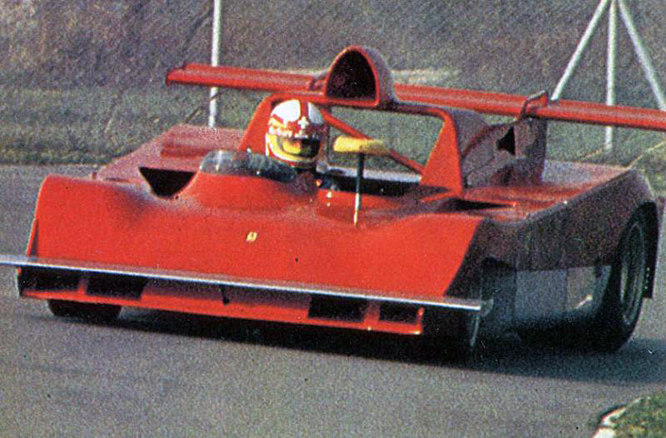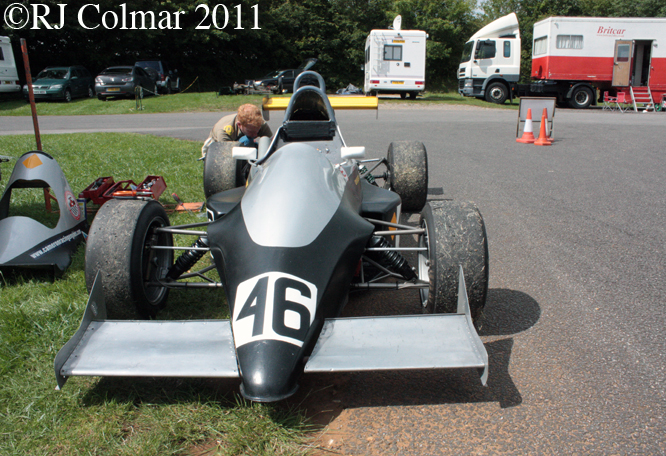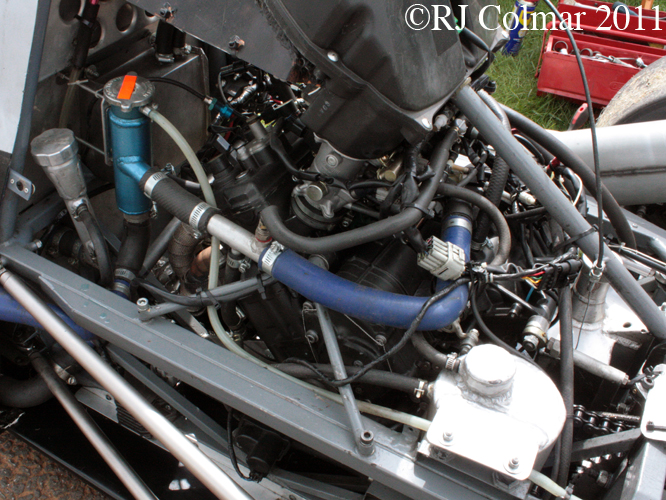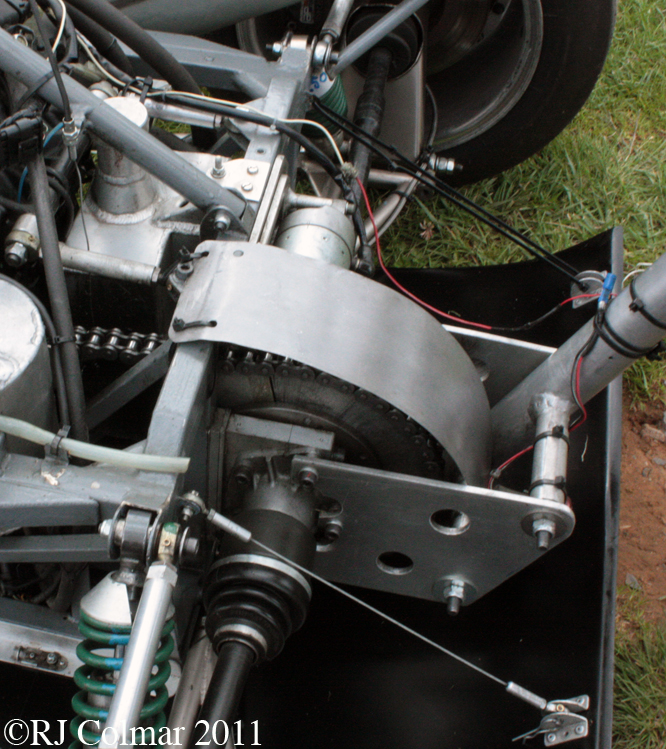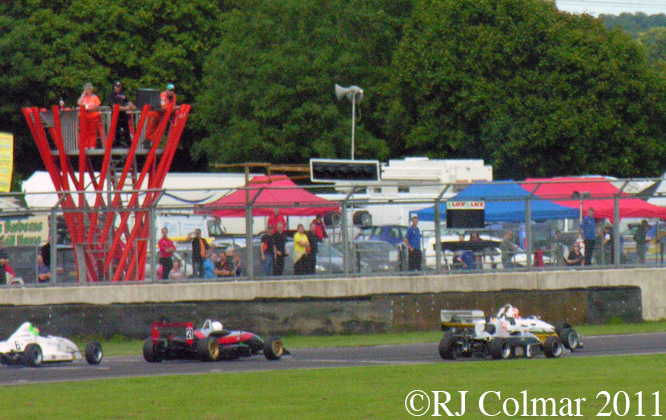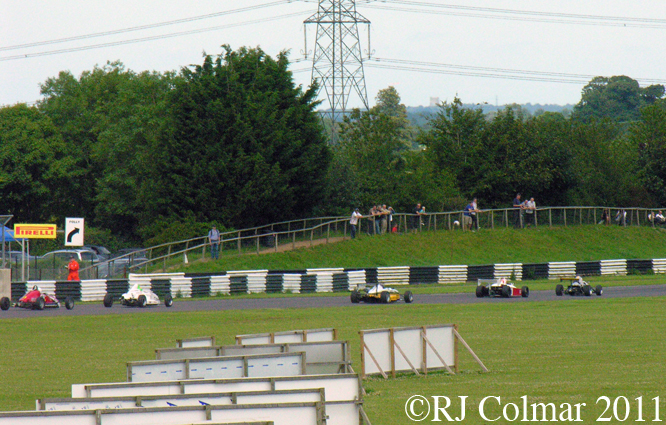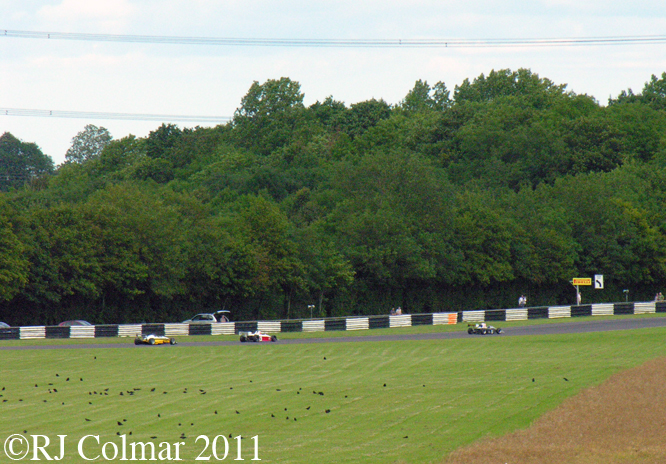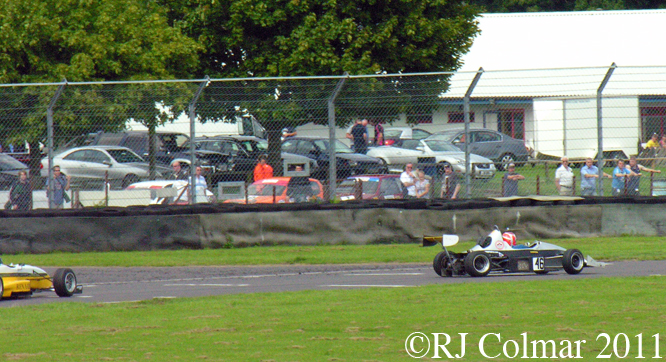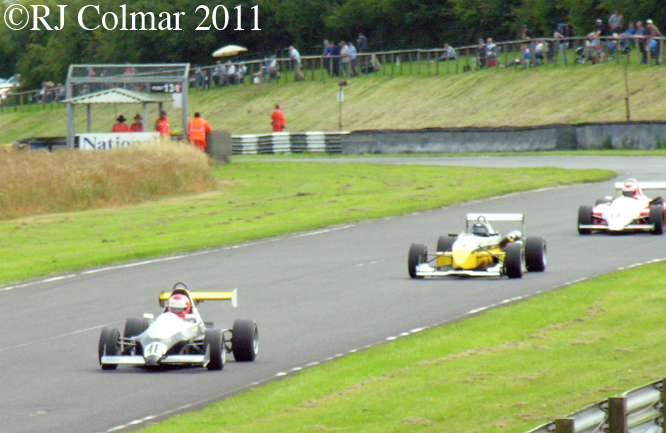In 1956 Volvo launched a sports car the P1900 a fibreglass bodied roadster, inspired by the Chevrolet Corvette, if you have never heard of it, or seen it, that is because the P1900 was a disaster so bad that after using one on a holiday weekend incoming Volvo President Gunnar Engellau cancelled further production after just 68 units had been produced.
Volvo’s next attempt to crack the sports car market hinged on a design by Italian design house Pietro Frua called the P1800. In 2009 Volvo admitted that there Italian designed car was actually designed by a Swede working at Frua called Pelle Petterson who’s father had designed the Volvo PV444.
The P1800 was eventually launched in 1961, with the same engine as used in the Volvo Amazon series, making the model 50 years old this year along with the much cheaper Renault 4 and slightly cheaper E-Type Jaguar. Originally scheduled to be built by Karmann in Osnabruck Germany until Karmann’s biggest customer Volkswagen intervened with an emphatic ‘Nein’ the P1800 was initially produced under contract by Jensen. After quality issues emerged production transferred from the UK to Sweden with the introduction of P1800 S which featured a larger 118 hp motor.
In 1970 the P 1800 E was introduced with fuel injection and in 1972 the last of the P1800 models, P1800 ES seen here, was launched with a novel one piece rear glass tailgate which transformed the coupé into a versatile eye catching shooting brake for which designer Jan Wilsgaard was responsible.
The P 1800 like many contemporary models was killed off my the 1974 US safety and emissions regulations, with some 39,407 Coupé and 8,077 Shooting Brakes built the P1800 was considered a far greater success than it’s predecessor. My overwhelmimg memory of driving P1800 models is that despite being 6′ tall I had the feeling I was sitting in a very deep bath tub and had a great deal of difficulty determining where the corners of the car were when shuffling these models through cramped garage space.
Hope you have enjoyed today’s one piece glass tailgate edition of ‘Gettin’ alil’ psycho on tyres’ and that you will join me again tomorrow. Don’t forget to come back now !

